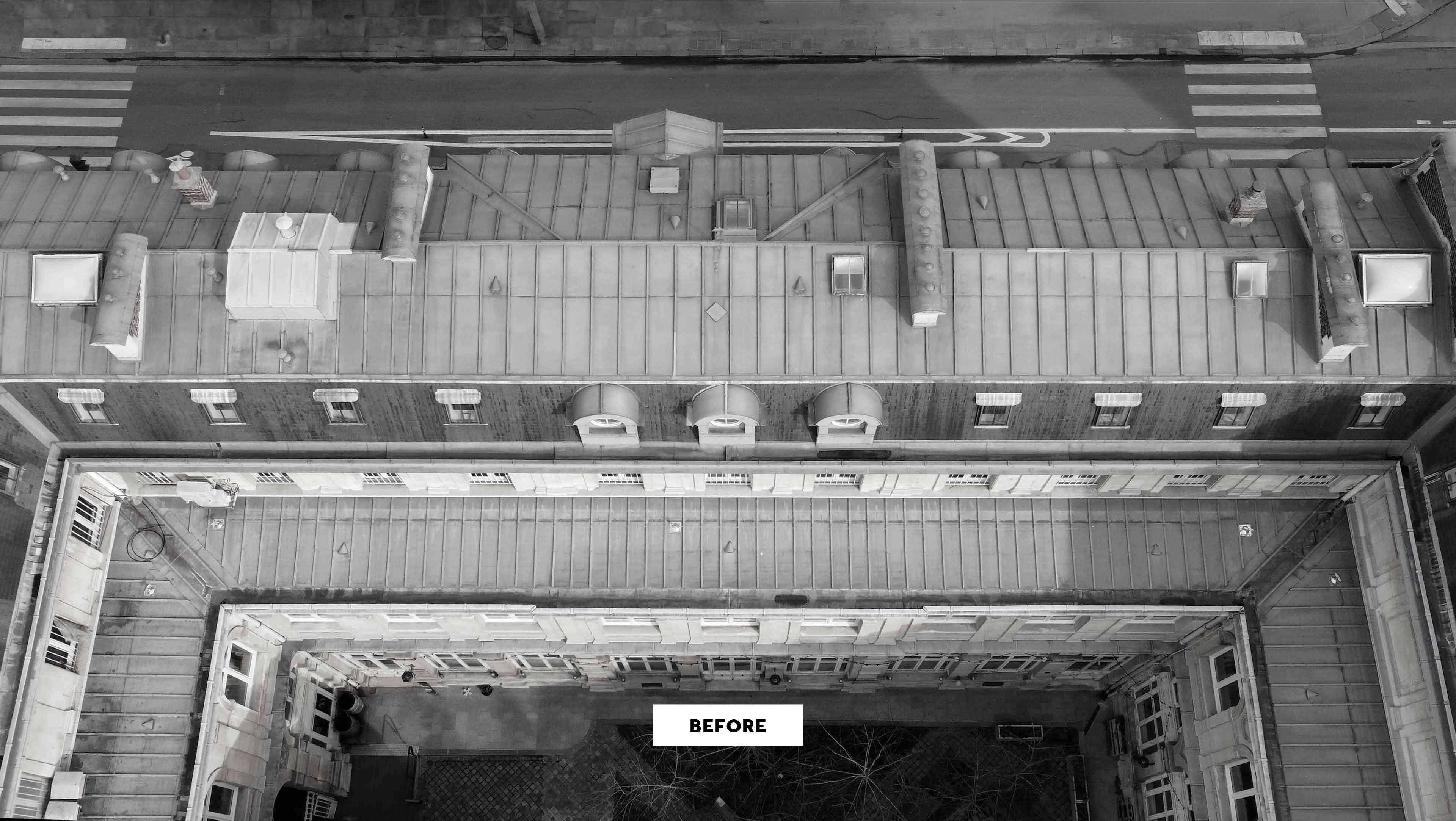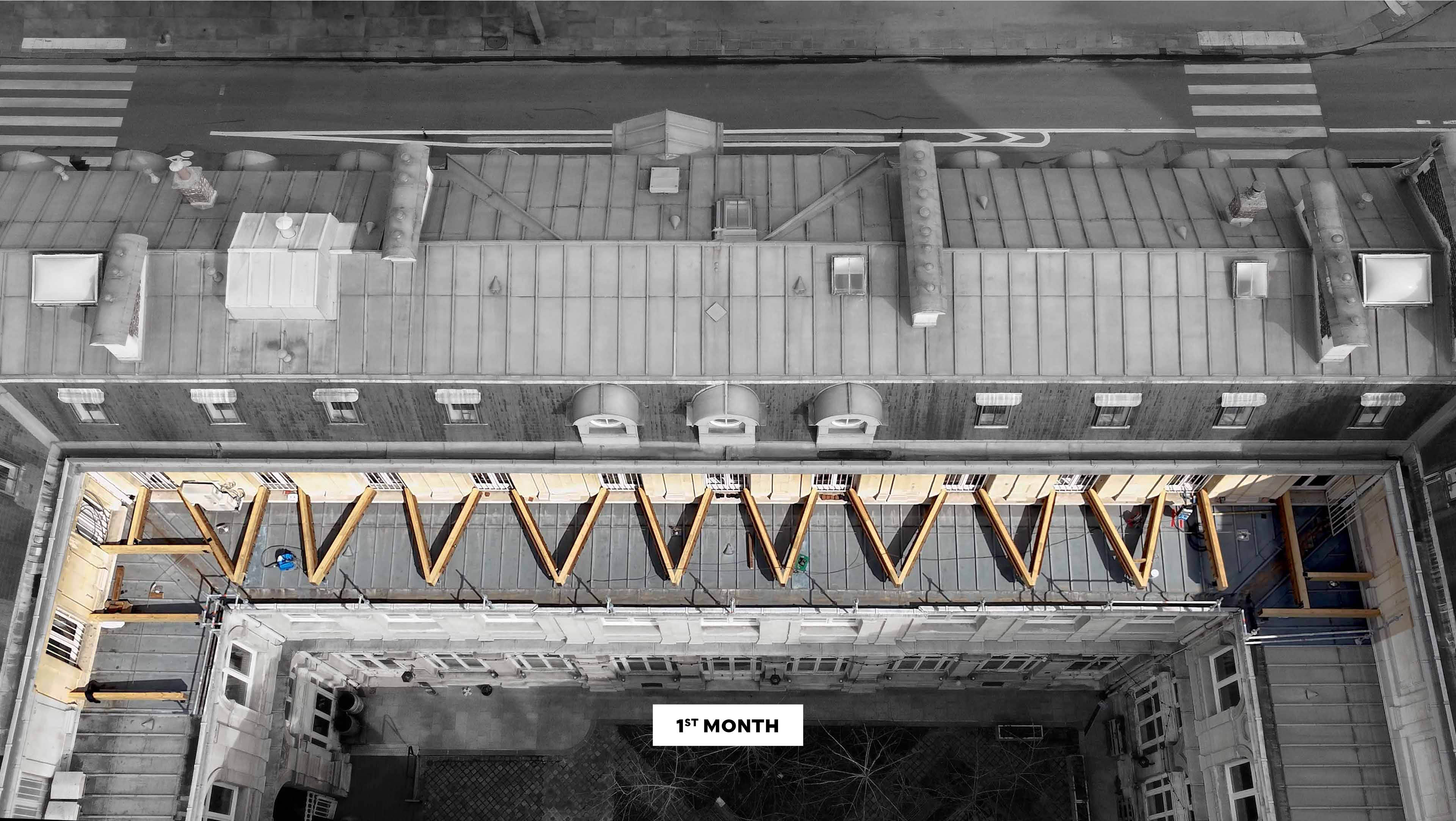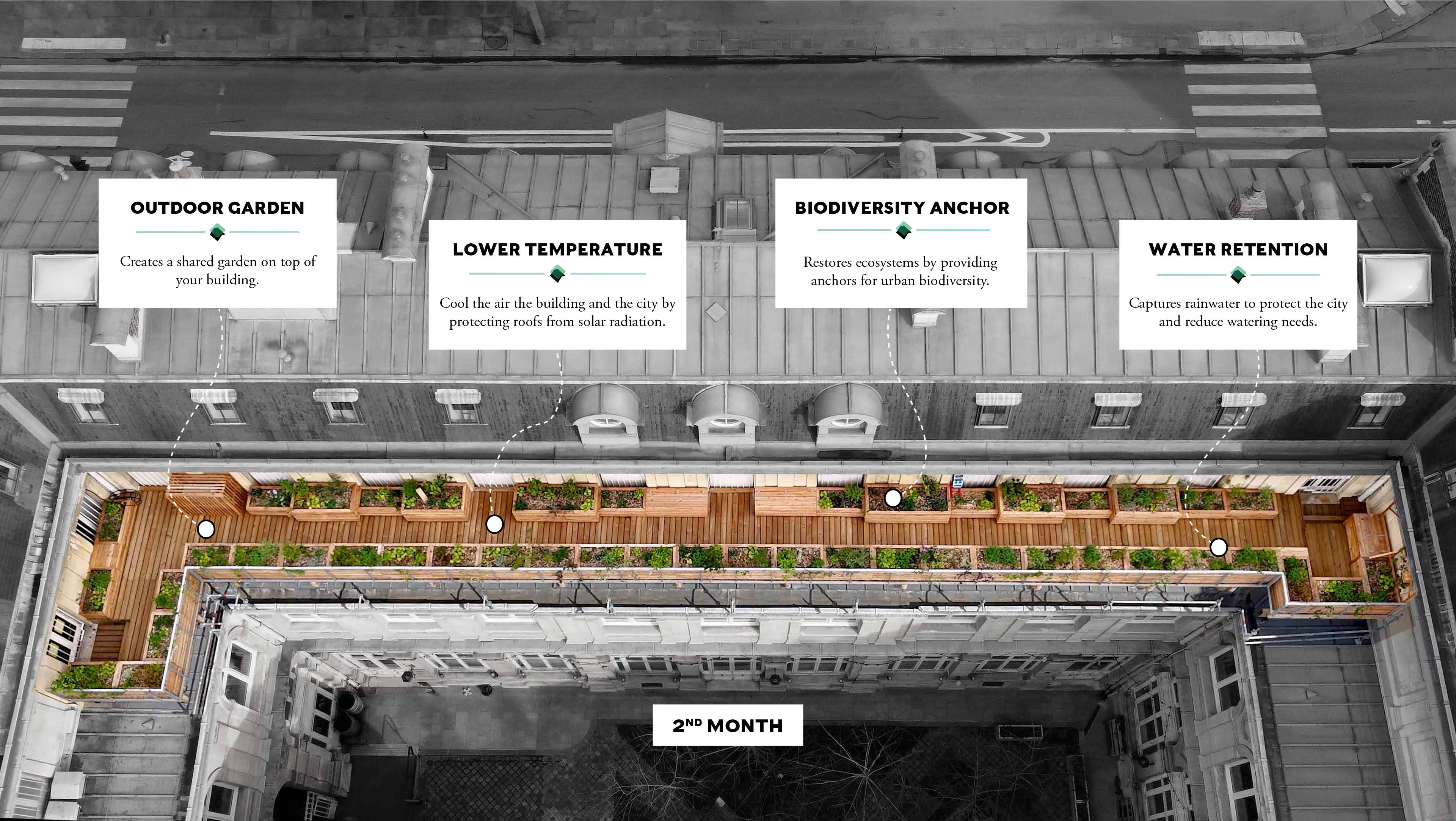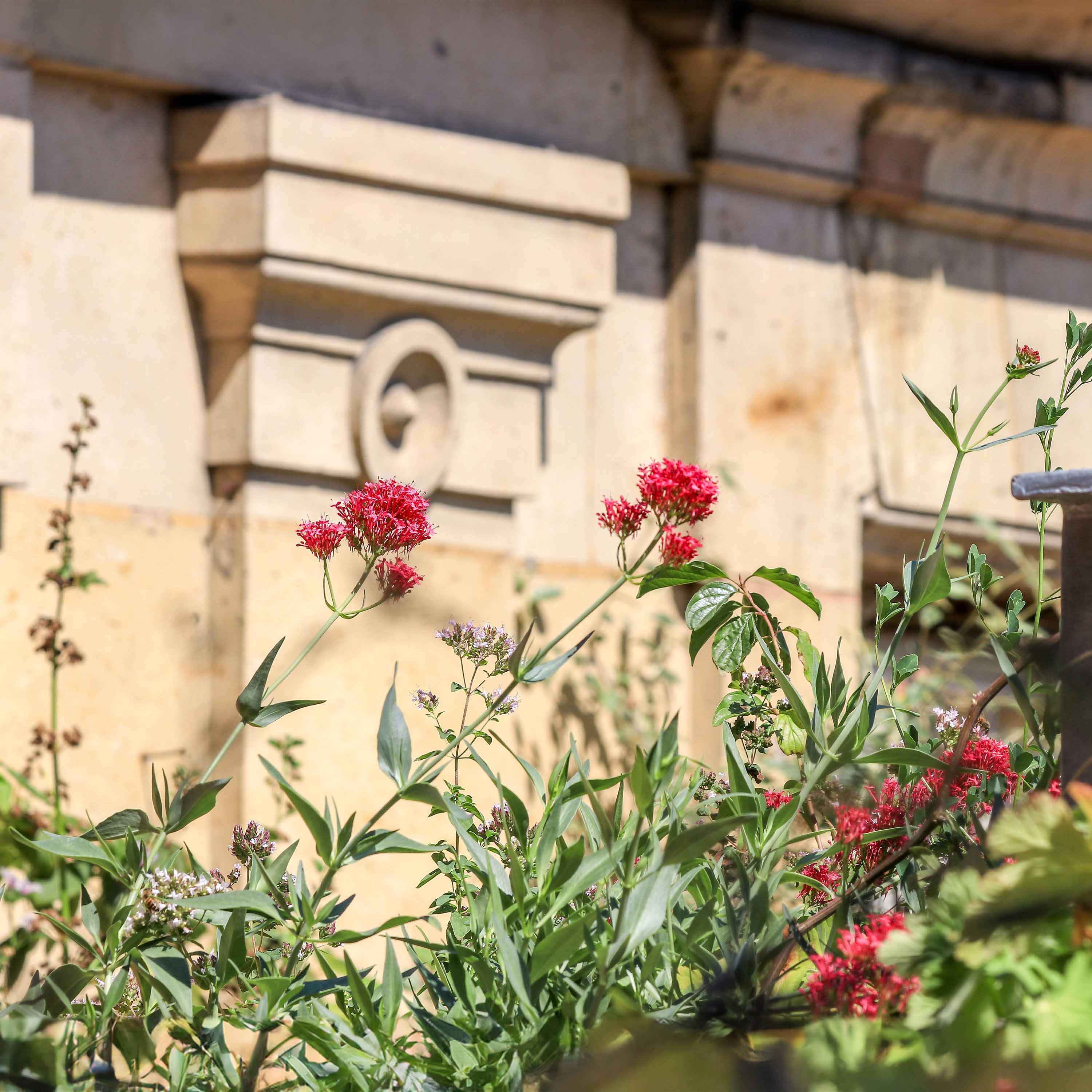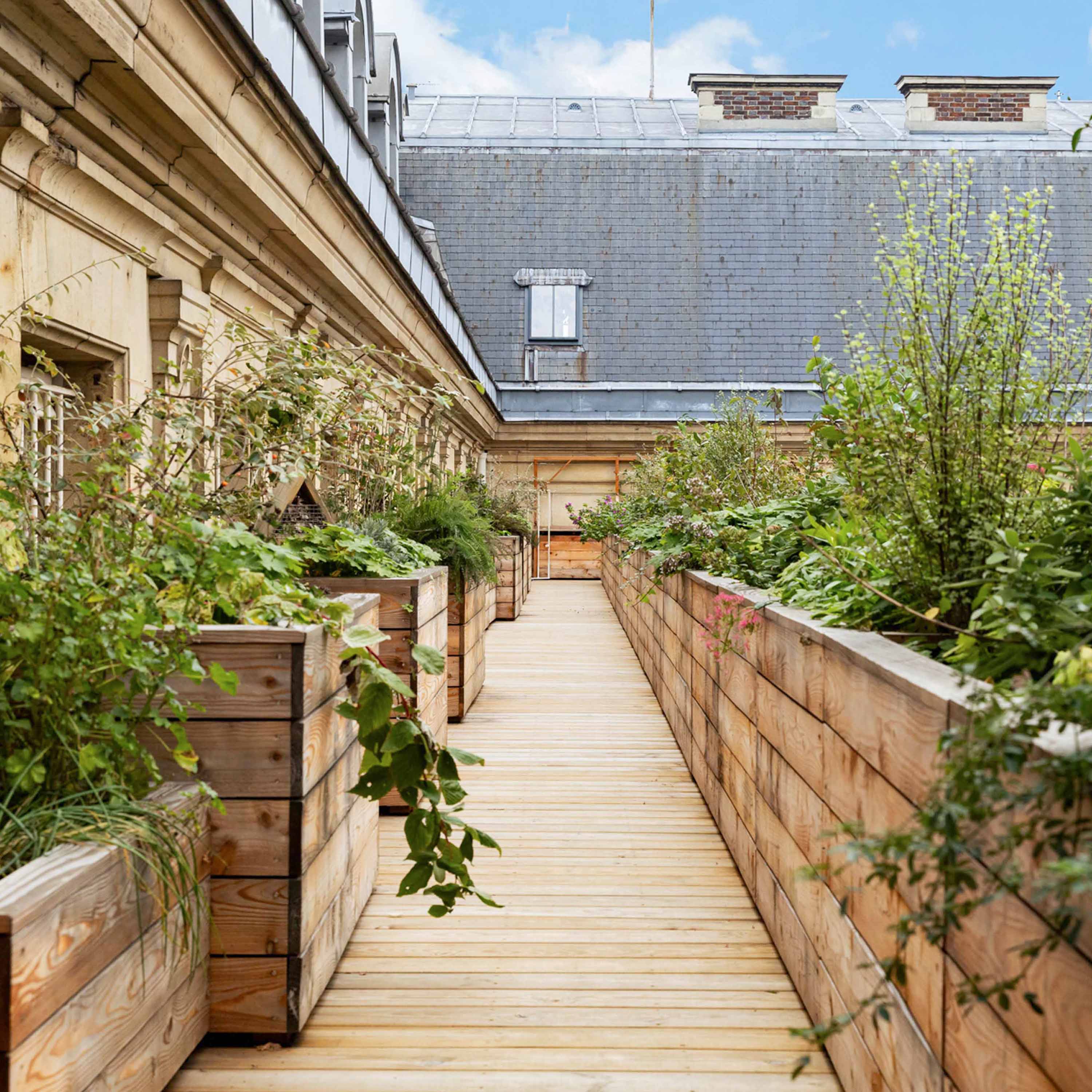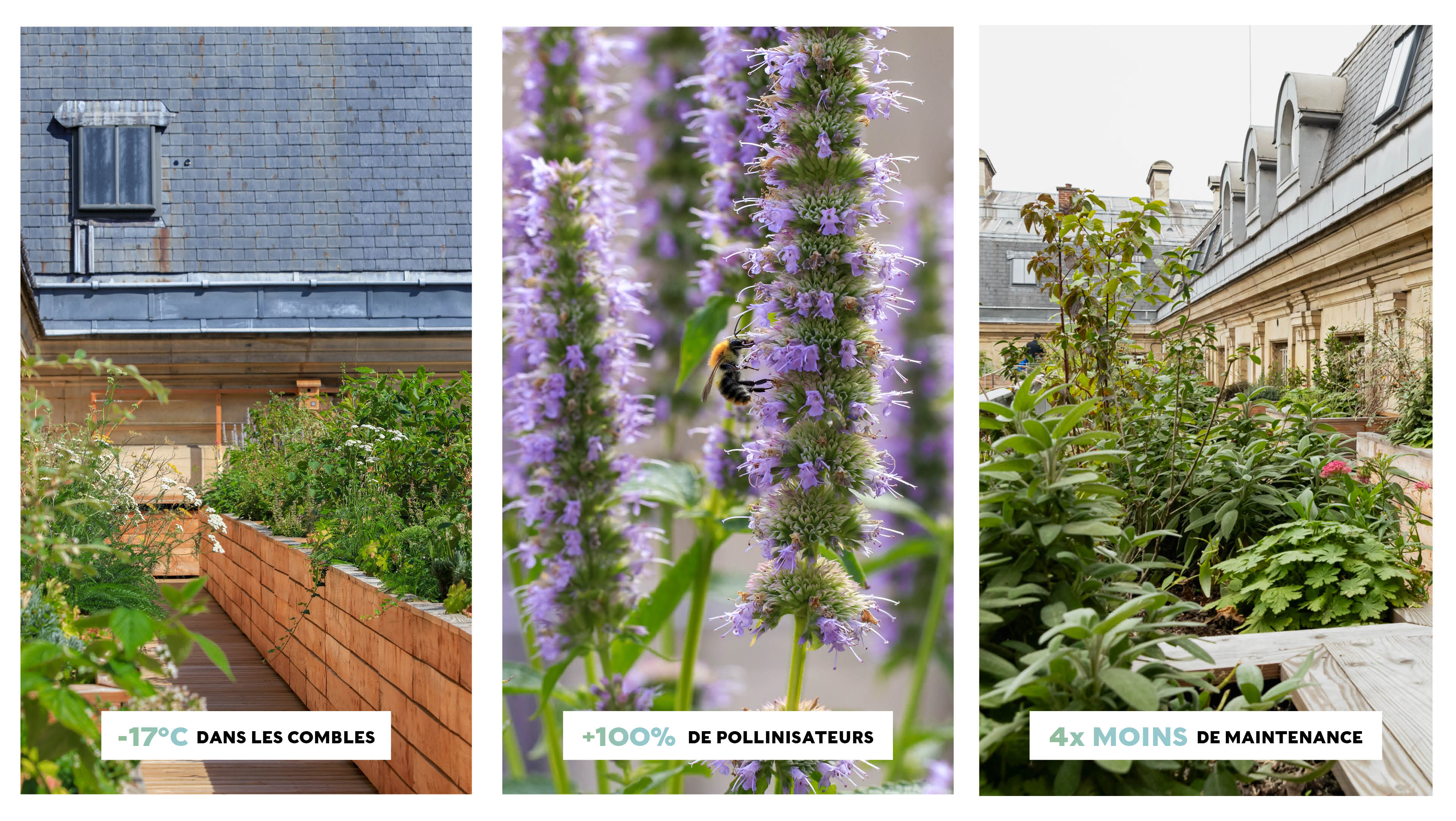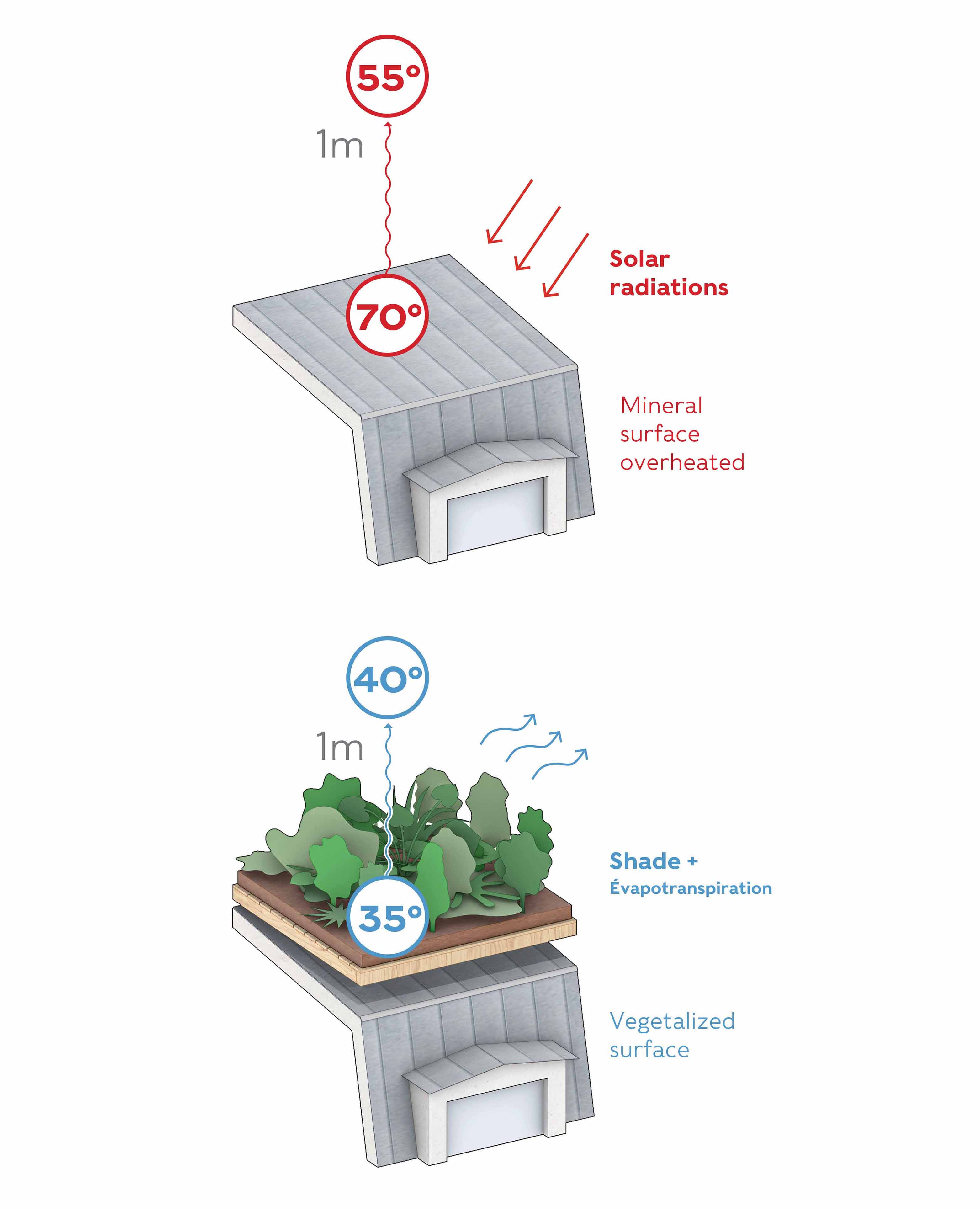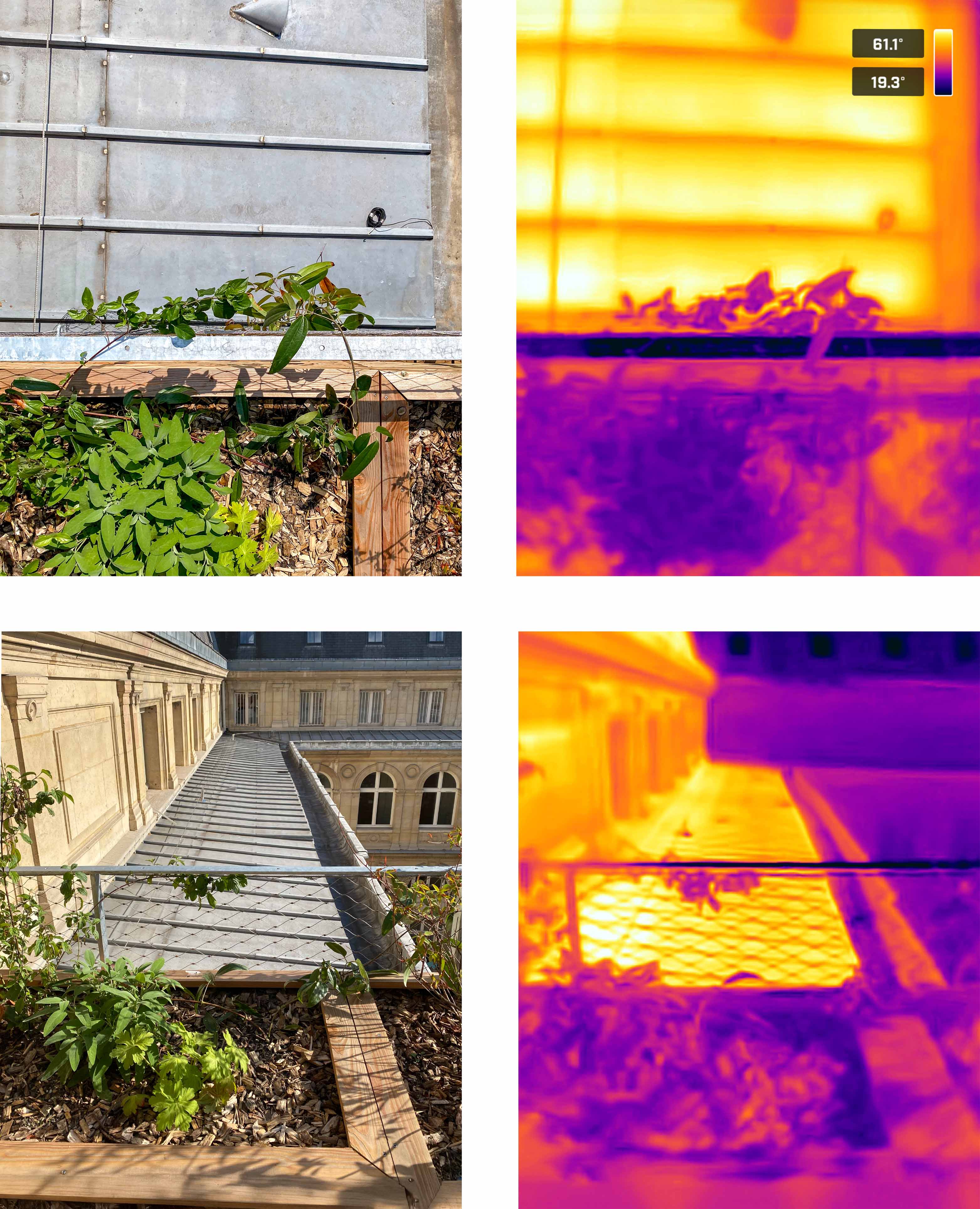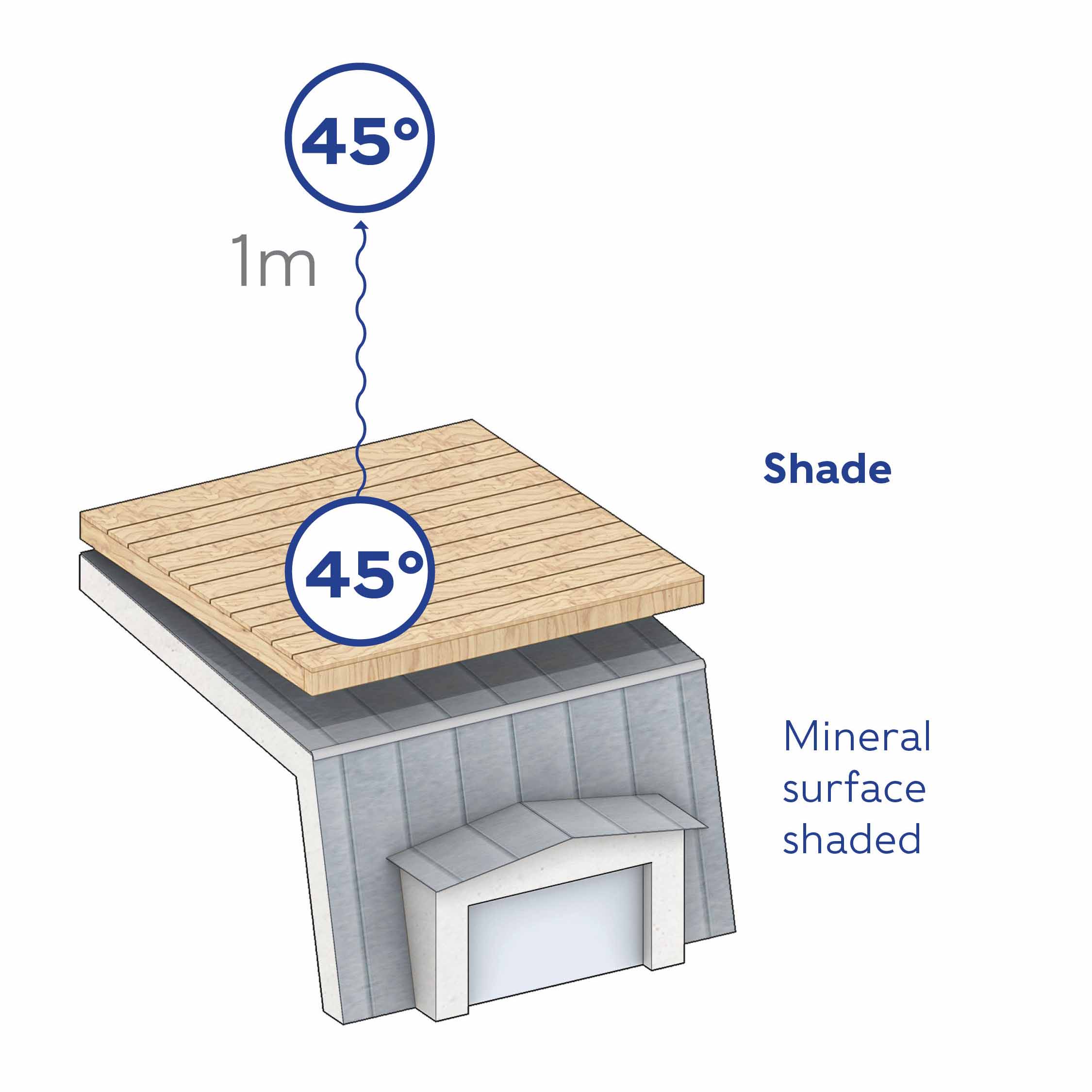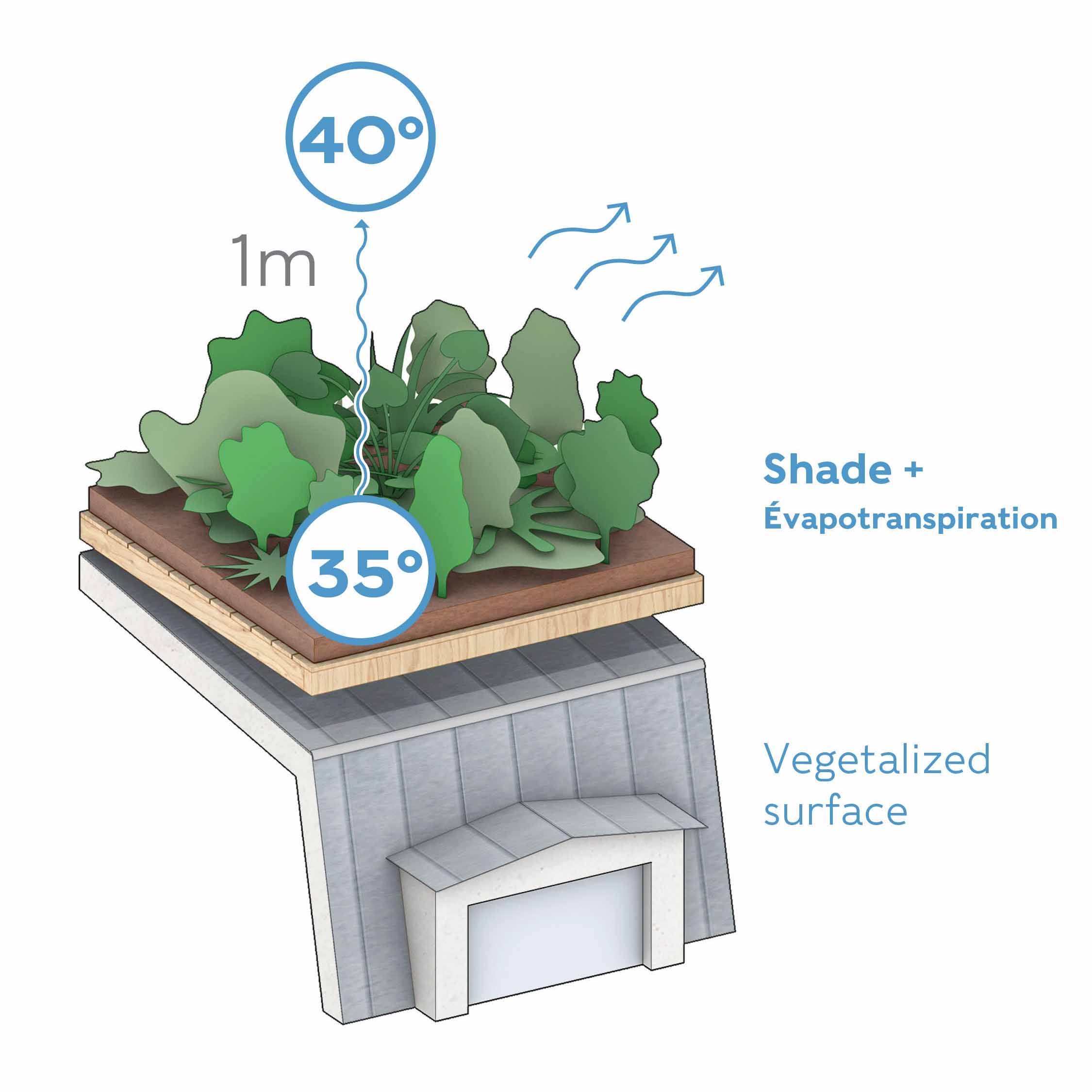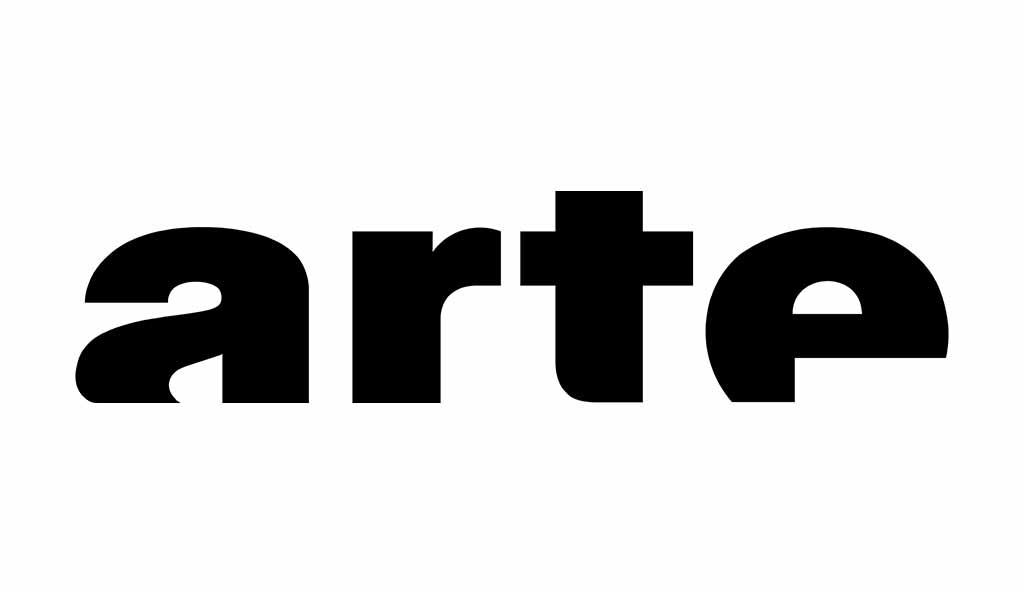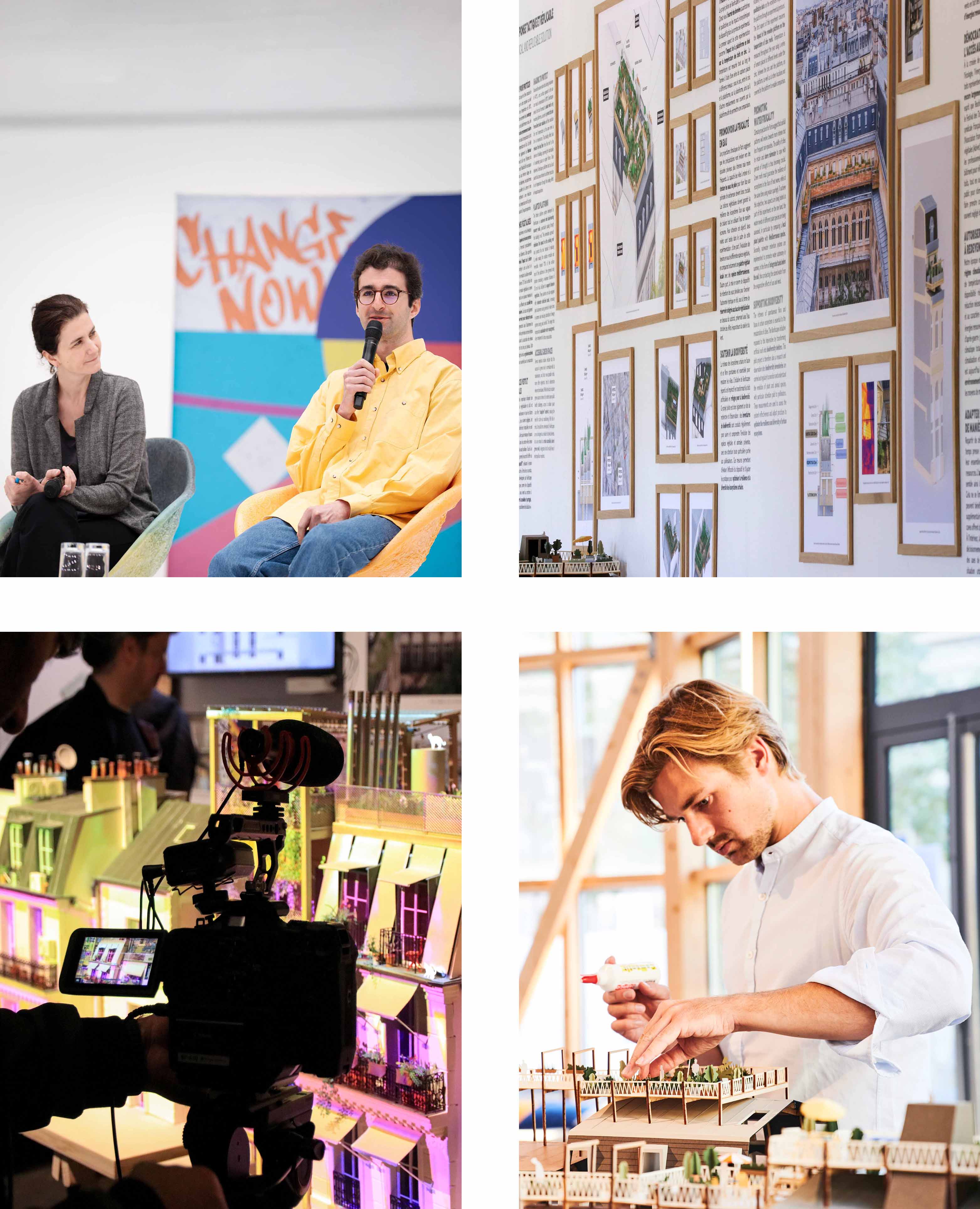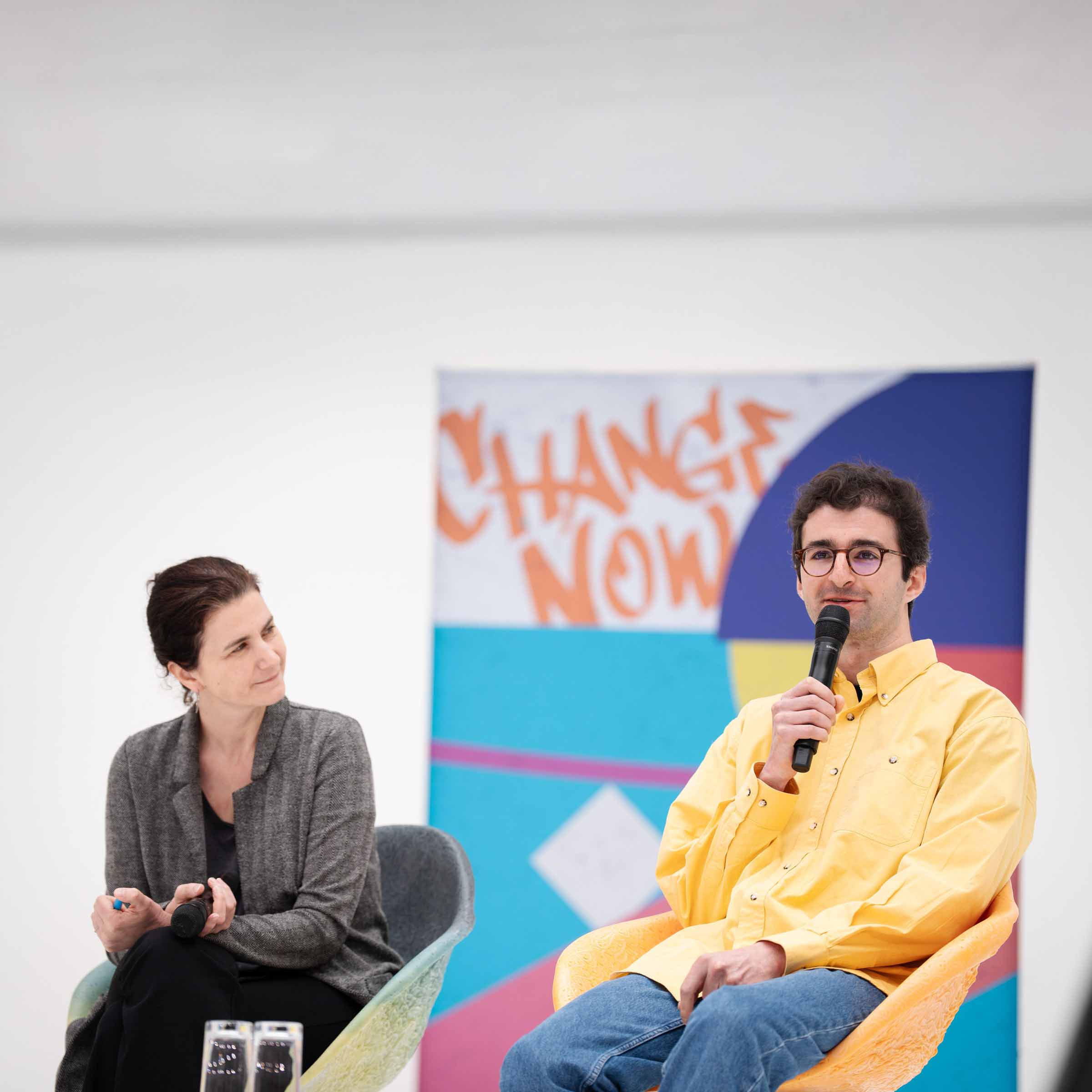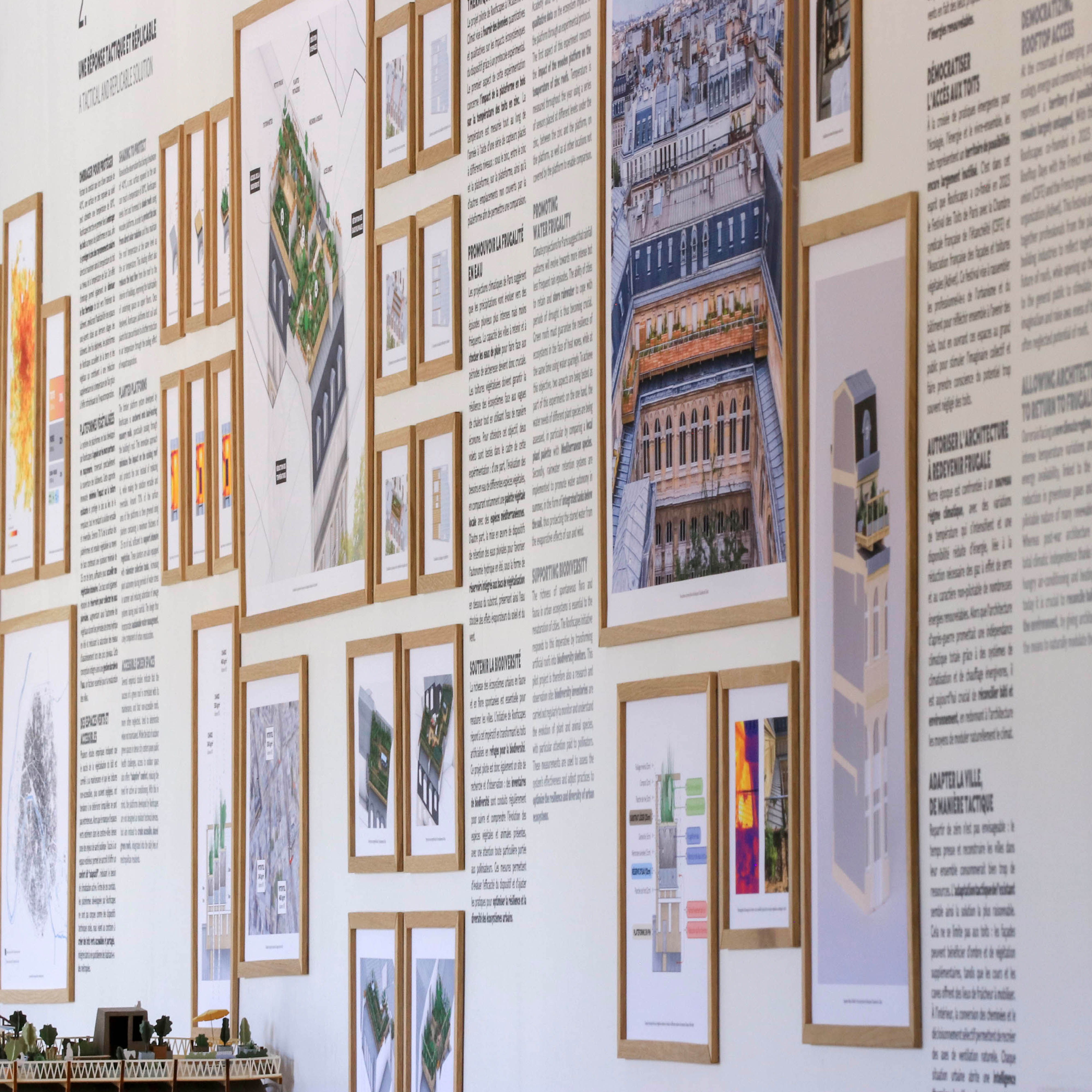
APPROACH
Transform your rooftops into shared green spaces that improve comfort, reduce overheating, foster biodiversity, and capture rainwater. This non-invasive renovation system, developed in partnership with the City of Paris, is designed to be adapted to all architectural contexts and roof geometries. A 3D drone survey enables the prefabrication of key components and allows for rapid installation from the roof itself, without needing access through the interior of buildings.
Inquiry about a project? Click here!
Fill this short form (2mn)
and our team will come back to you shortly!
and our team will come back to you shortly!
